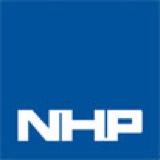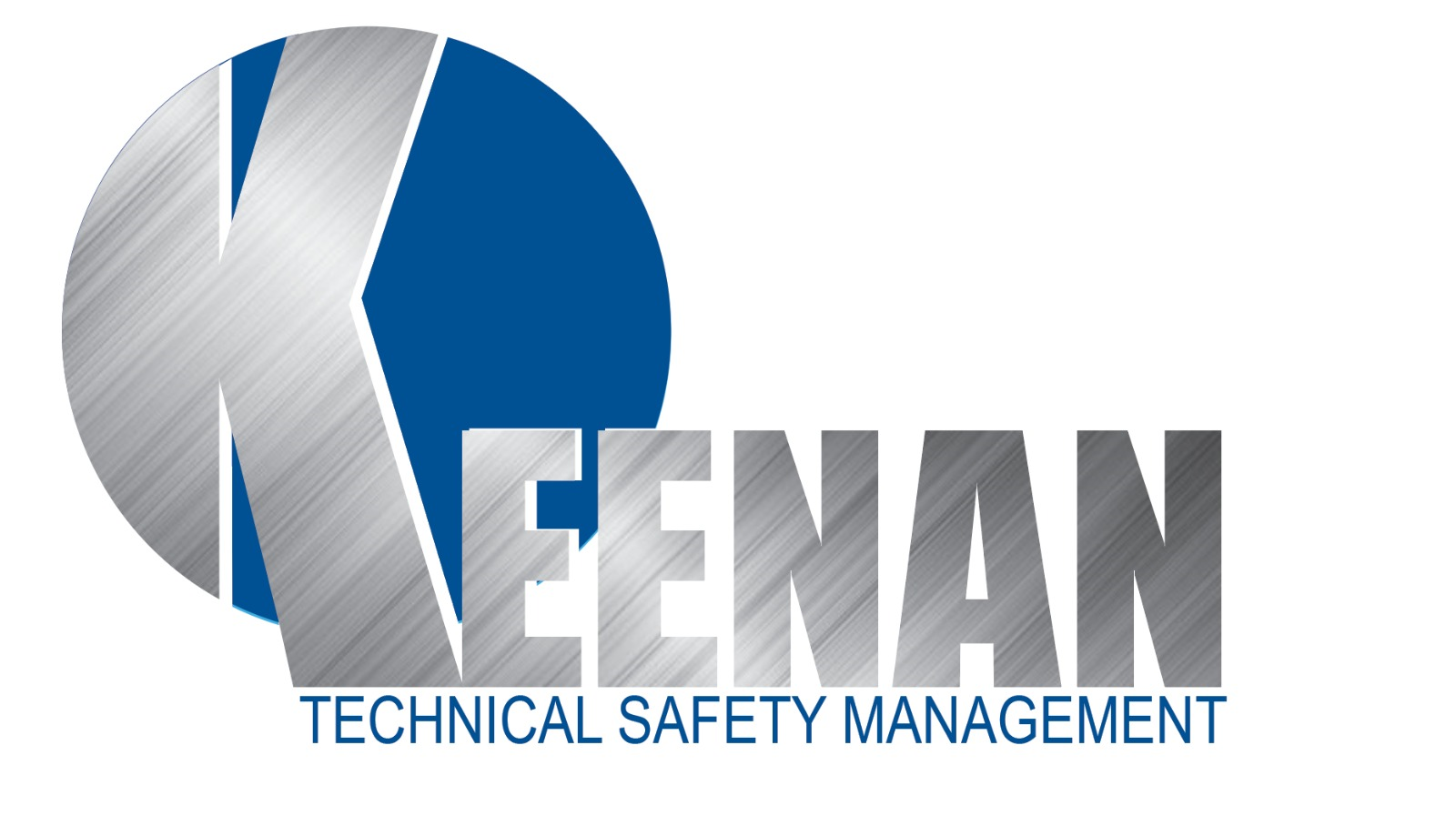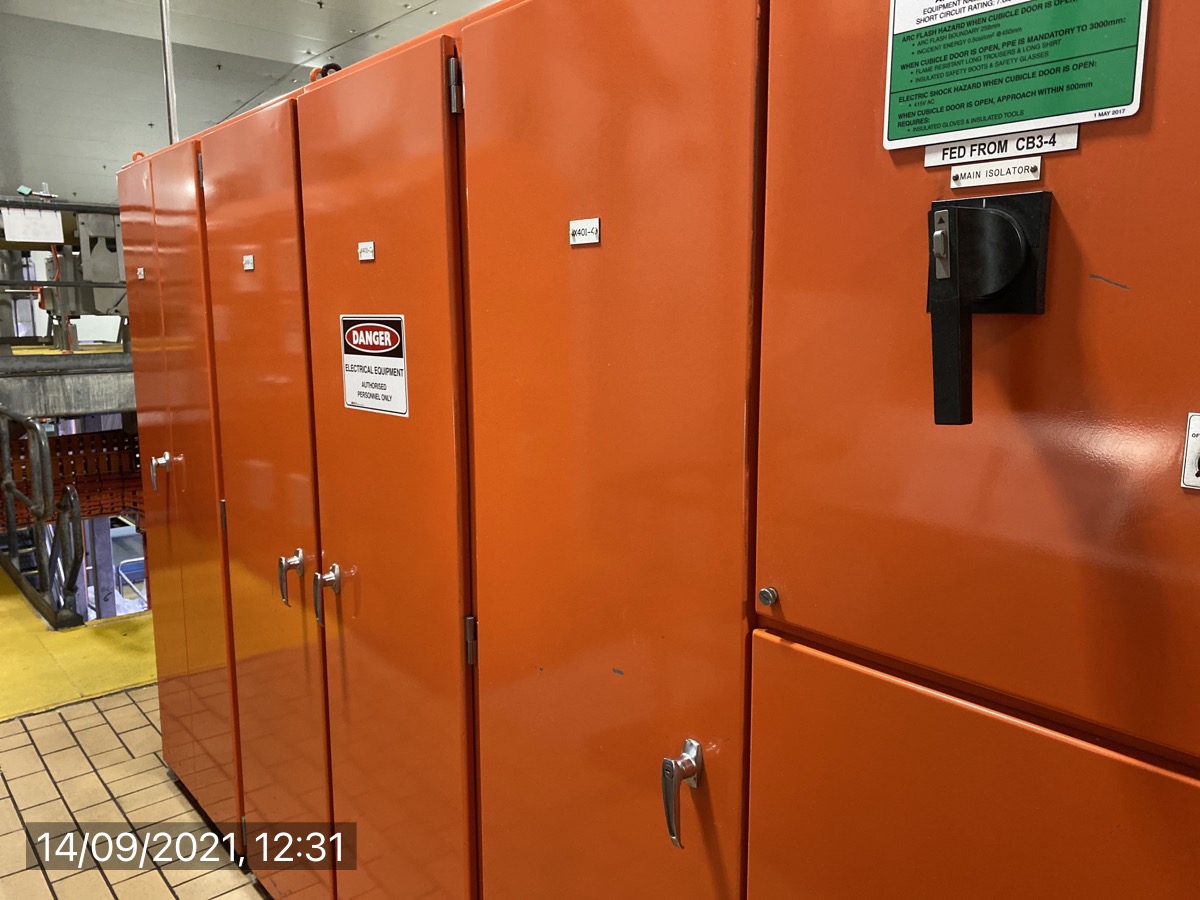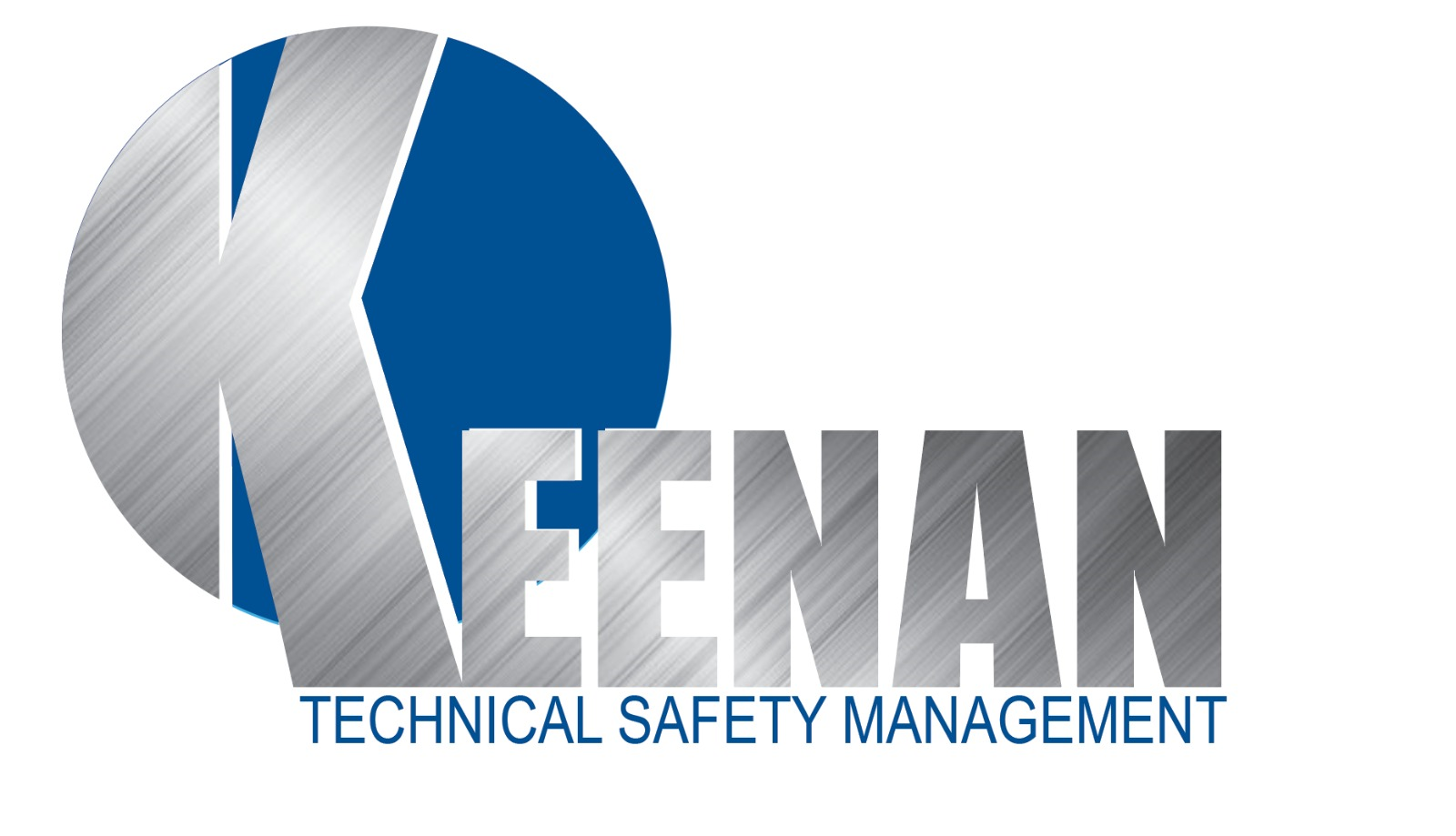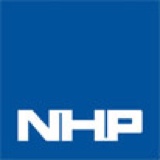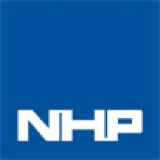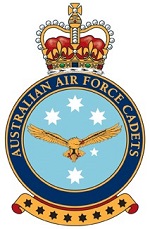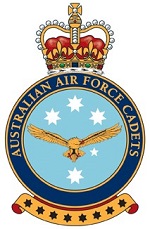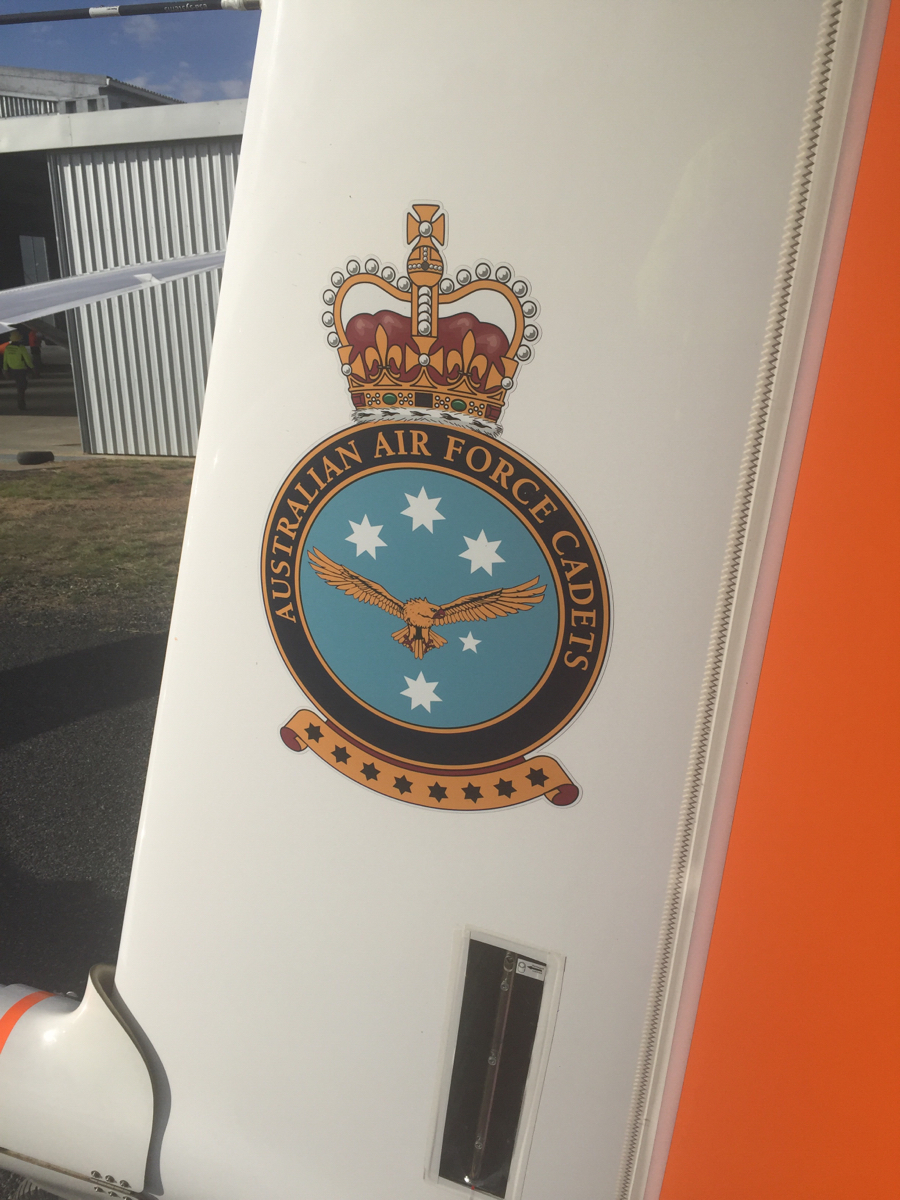Information
-
Document No.
-
Audit Title
-
Client / Site
-
Conducted on
-
Prepared by
-
Location
Document Revisions
-
Document Revisons
Document Revision
-
Revised By?
-
Date of Revision
-
Signature of Document Editor
Site Documentation viewed
-
Electrical Drawings
-
Hydraulic Circuits
-
Pneumatic Circuits
-
Mechanical Layouts
-
Operating manuals
-
Maintenance Manuals
-
Safety Instructions
-
Material Safety Data Sheets
Site or Plant Contacts
-
Personnel Interviewed About Machinery
Site Contacts
-
Name
-
Position
Purpose of this Assessment
-
Purpose of this assessment is to provide the recipient company with advice and guidance relating to the safety of the plant, equipment or machinery being assessed. All relevant Australian and European standards applicable will be used to assess each hazard.
Motivation of Company requesting this assessment
Service Provided
-
The risk assessment model being used is a widely acceptable form of examination for plant, equipment or machinery and work practices. The approach is a standardized set of approaches governing hazard identification, evaluating that risk posed to personnel. The assessment will give the reader an informed view on how likely a hazard would be to occur and what could be done to mitigate against the hazard occurring in the future.
Phases of machine operation being assessed
-
Transport
-
Cleaning
-
Maintenance / Repair
-
De-commisioning
-
Operation
-
Disposal<br>
-
Installation
-
Assembly / Installation
Basic Machine Limits
-
Manufacturer / OEM
-
Machine Importer or supplier
-
Machine Name
-
Machine Serial Number
-
Are operators trained to use equipment?
-
Who is responsible for maintenance & repair?
-
Who is responsible for cleaning and clearing of jams etc?
-
Are maintenance staff trained on equipment?
-
What is the normal maintenance interval?
- Daily
- Weekly
- Monthly
- Bi-Monthly
- 6 Monthly
- Yearly
-
Is machine being used in it's intended environment?
-
Basic Description of Control System
-
What is the control voltage?
-
What is the main power supply voltage?
-
Does the machine have Hydraulic Controls
-
Does the machine have Pneumatics controls?
Details relating to hazard and tasks
-
Description of all Hazards
Hazard
-
Photograph of Hazard
-
Area of Machine associated with hazard?
- In-Feed
- Out-Feed
- Operator Control / Machine Side
- Maintenance / Setup
- Machine Rear
- Hydraulic System
- Pneumatic System
-
Task or operation?
- Construction
- Transportation
- Assembly & Installation
- Commissioning
- Setting/ Programming/ Changeover
- Operation
- Cleaning / Maintenance
- Fault Finding / Trouble shooting
- Decommissioning and dismantling
-
Types of Hazards associated with the task?
- Mechanical
- Electrical
- Thermal
- Noise
- Vibration
- Radiation
- Materials or Substances
- Ergonomic / RSI
- Combination of Hazards
- Unexpected Start-up, Unexpected Overspeed or overrun
- Unable to stop machine in best conditionVariations on the rotational speed of the tools
- Human Error / Human Behaviour
- Fire and Explosion
- Emmision of Gas and/or Dust etc.
- Third Person involvement
- Inadequate training or SOP's
- Due to power source or transmission of power
- Due to control system
- Failure of power supply
- Failure of controls system
- loss of stability
- Slip, trips or Falls
- Variable Speed of rotation or tools or hazards
- Linked to work position
- Errors of fitting, loading
- Break up during operation
-
Hazard Description
Hazard Rating Number - multiply DPH x FE x LO x NP to get HRN - the number determines the Risk Level.
-
DPH - Degree of Possible Harm
- 0.1- Scratch / Bruise
- 0.5 - Laceration / cut / Mild ill health
- 1 - Fracture Minor Bone - fingers / toes
- 2 - Fracture Major Bone - Hand / Arm / Leg
- 4 - Loss of some fingers or toes
- 8 - Loss of Leg / Arm or hand, partial loss of hearing or sight
- 10 - Amputation of both Arms or Both Legs, total loss of sight or hearing
- 12 - Critical Permanent IIIllness
- 15 - Fatality
-
FE - Frequency of Exposure
- 0.5 - Annually
- 1 - Monthly
- 1.5 - Weekly
- 2.5 - Daily
- 4 - Hourly
- 5 - Constantly
-
LO - Likelihood of Occurance
- 0.033 - Almost Impossible
- 1 - Highly Unlikely
- 1.5 - Unlikely
- 2 - Possible
- 5 - Even Chance
- 8 - Probable
- 10 - Likely
- 15 - Certain
-
NP - Number of Persons affected / in hazardous area
-
HRN - Hazard Rating Number ( LO x FE x DPH x NP = HRN)
- 0-1 Negligible Risk
- 2-5 Very Low Risk
- 6-15 Low Risk
- 16-50 Significant Risk
- 51-100 High Risk
- 101-500 Very High Risk
- 501 > Extreme Risk
Residual Risk Reduction
-
Residual Risk Reduction Measures
-
DPH - Degree of Possible Harm after Risk Reduction
- 0.033 - Almost Impossible
- 1 - Highly Unlikely
- 1.5 - Unlikely
- 2 - Possible
- 5 - Even Chance
- 8 - Probable
- 10 - Likely
- 15 - Certain
-
FE - Frequency of Exposure after Risk Reduction
- 0.5 - Annually
- 1 - Monthly
- 1.5 - Weekly
- 2.5 - Daily
- 4 - Hourly
- 5 - Constantly
-
LO - Likelihood of Occurrence after Risk Reduction
- 0.033 - Almost Impossible
- 1 - Highly Unlikely
- 1.5 - Unlikely
- 2 - Possible
- 5 - Even Chance
- 8 - Probable
- 10 - Likely
- 15 - Certain
-
NP - Number of Persons affected / in hazardous area
-
HRN - Hazard Rating Number ( LO x FE x DPH = HRN) after Risk Reduction
- 0-1 Negligible Risk
- 2-5 Very Low Risk
- 6-15 Low Risk
- 16-50 Significant Risk
- 51-100 High Risk
- 101-500 Very High Risk
- 501 > Extreme Risk
Category of Control required (AS4024.1501:2014) if Guarding solution requires SRP/CS and not just a mechanical guarding.
-
Severity of Hazard
- S1 - Bruise or mild laceration
- S2 - severe injury, lost time > fatality
- F1 - infrequent /short exposure
- F2 - frequent and/or long exposure
- P1 - possible to avoid under normal conditions
- P2 - not possible to avoid under normal conditions
-
AS4024.1-2014 Category B+1
Category B - Well Tried Principles - components - designed and constructed to withstand expected influences. Be correctly protected and dimensioned.
Category 1 - Well Tried Safety Components and principles - widely used with successful components, made and verified for use in safety circuits. -
Frequency of Hazardous Event
- S1 - Bruise or mild laceration
- S2 - severe injury, lost time > fatality
- F1 - infrequent /short exposure
- F2 - frequent and/or long exposure
- P1 - possible to avoid under normal conditions
- P2 - not possible to avoid under normal conditions
-
Possibility of Avoiding the Hazard(s)
- S1 - Bruise or mild laceration
- S2 - severe injury, lost time > fatality
- F1 - infrequent /short exposure
- F2 - frequent and/or long exposure
- P1 - possible to avoid under normal conditions
- P2 - not possible to avoid under normal conditions
-
AS4024.1-2014 Category 1 (with over-dimensioning and Fault exclusion) or Category 2
Category B - Well Tried Principles - components - designed and constructed to withstand expected influences. Be correctly protected and dimensioned.
Category 1 - Well Tried Safety Components and principles - widely used with successful components, made and verified for use in safety circuits.
OR
Category 2 - Category B shall apply + safety functions shall be checked by the machine control system at suitable intervals. If manual checks are performed then this should be documented. Check shall generate a fault indication if a fault is detected -
AS4024.1-2014 Category 2 (with over-dimensioning and Fault exclusion) or Category 3
Category B - Well Tried Principles - components - designed and constructed to withstand expected influences. Be correctly protected and dimensioned.
Category 2 - Category B shall apply + safety functions shall be checked by the machine control system at suitable intervals. If manual checks are performed then this should be documented. Check shall generate a fault indication if a fault is detected
OR
Category 3 - Category B shall apply + shall be designed so that a single fault in any part of the SRP/CS does not lead to a loss of safety function. Wherever reasonably practicable, the single fault shall be detected at or before the next demand upon the safety function. -
Possibility of Avoiding the Hazard(s)
- S1 - Bruise or mild laceration
- S2 - severe injury, lost time > fatality
- F1 - infrequent /short exposure
- F2 - frequent and/or long exposure
- P1 - possible to avoid under normal conditions
- P2 - not possible to avoid under normal conditions
-
AS4024.1-2014 Category 3
Category B - Well Tried Principles - components - designed and constructed to withstand expected influences. Be correctly protected and dimensioned.
Category 3 - Category B shall apply + shall be designed so that a single fault in any part of the SRP/CS does not lead to a loss of safety function. Wherever reasonably practicable, the single fault shall be detected at or before the next demand upon the safety function. -
AS4024.1-2014 Category 4
Category B - Well Tried Principles - components - designed and constructed to withstand expected influences. Be correctly protected and dimensioned.
Category 4 - Category B shall apply + a single fault in SRP/CS does not lead to loss of safety function and the single fault is detected at or before the next demand of the safety functions i.e. immediately or at the end of the machine operating cycle. If detection is not possible then an accumulation of faults shall not lead to a loss of safety function.
